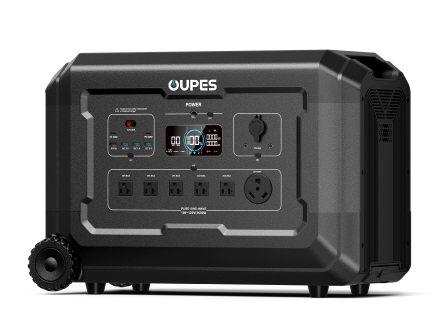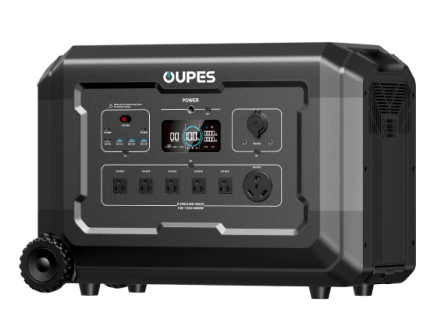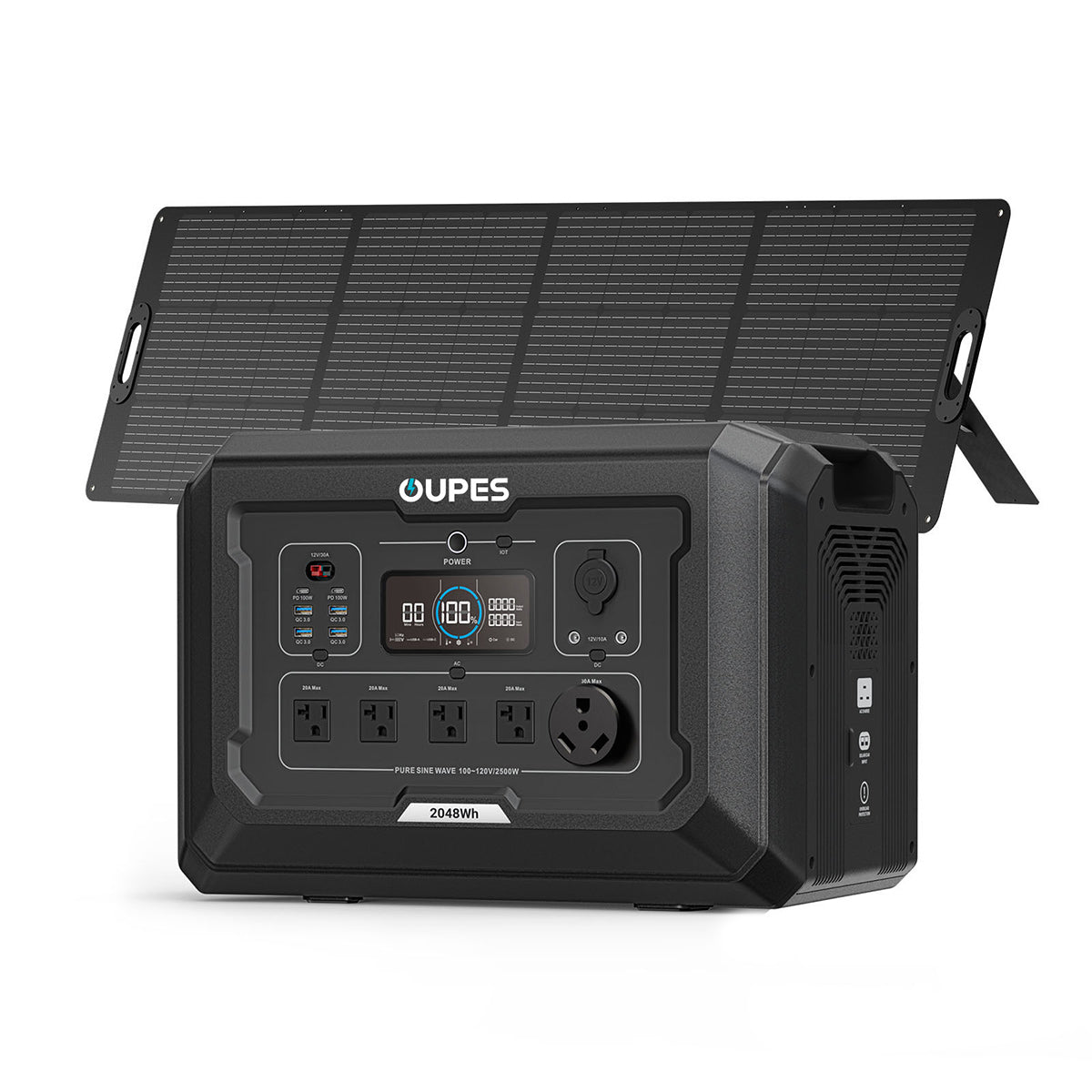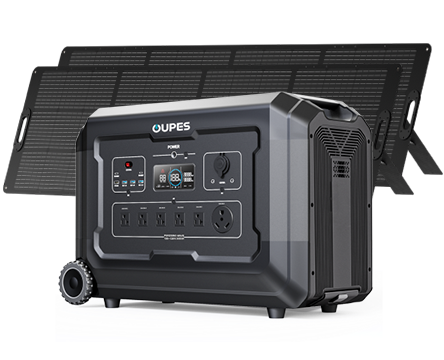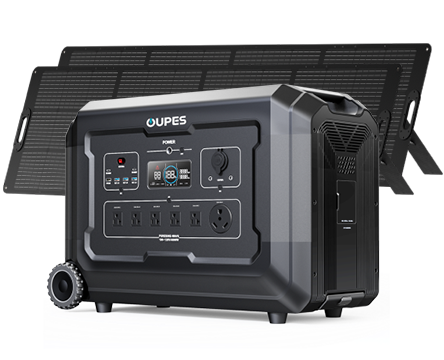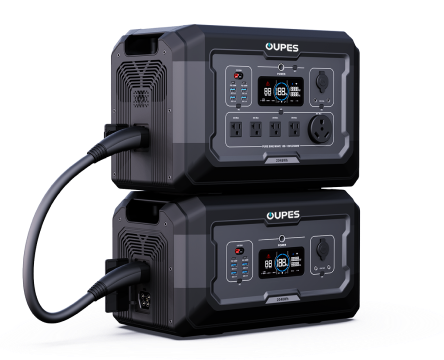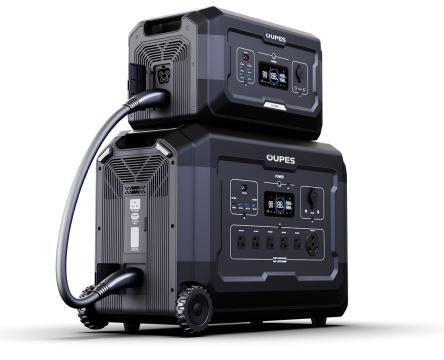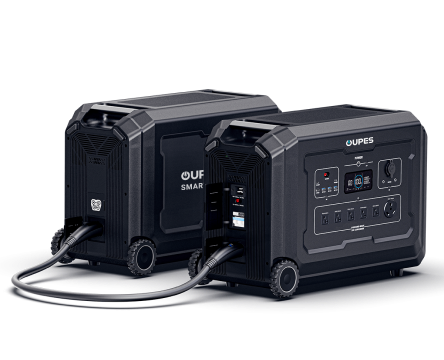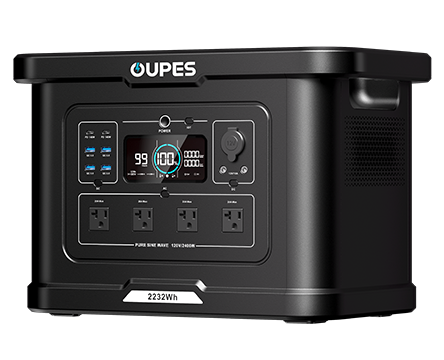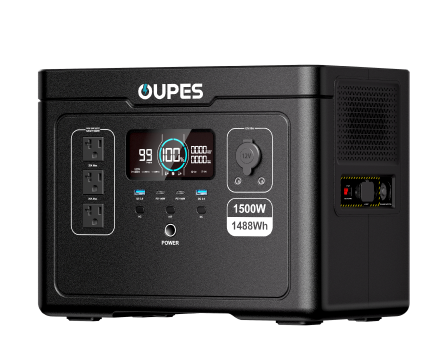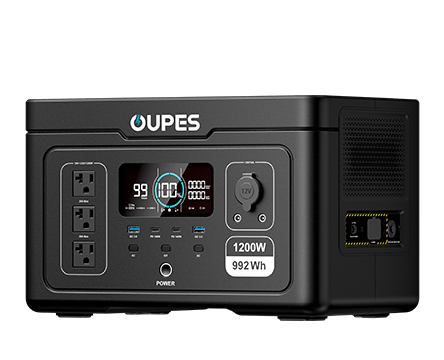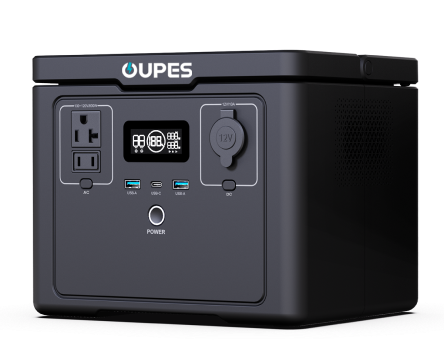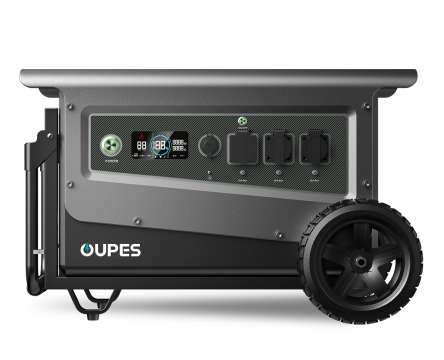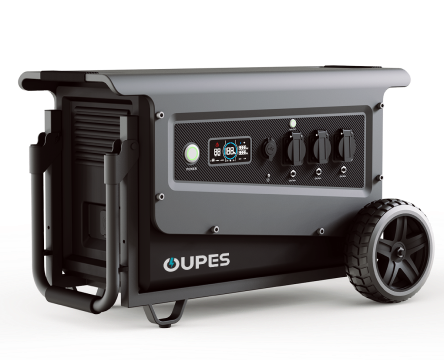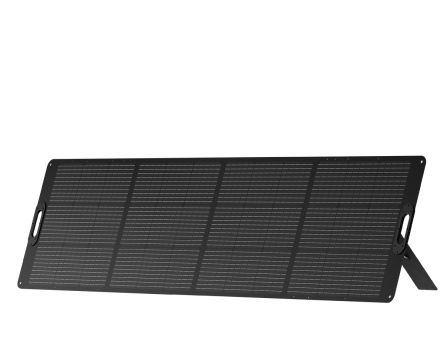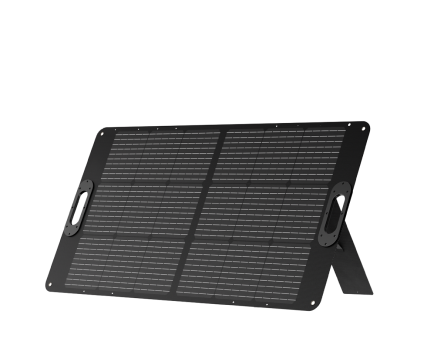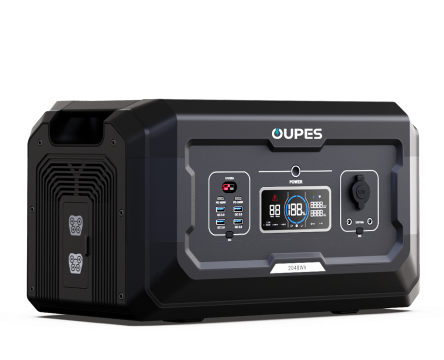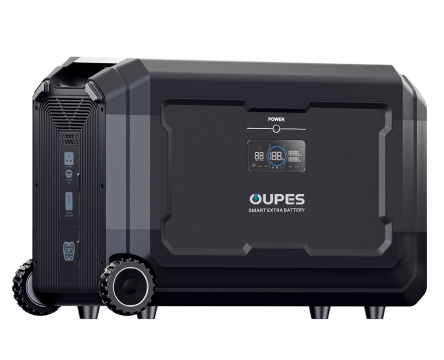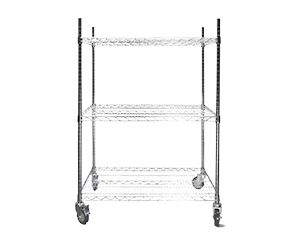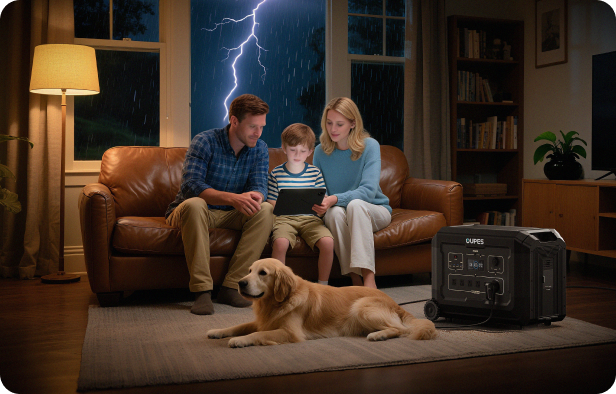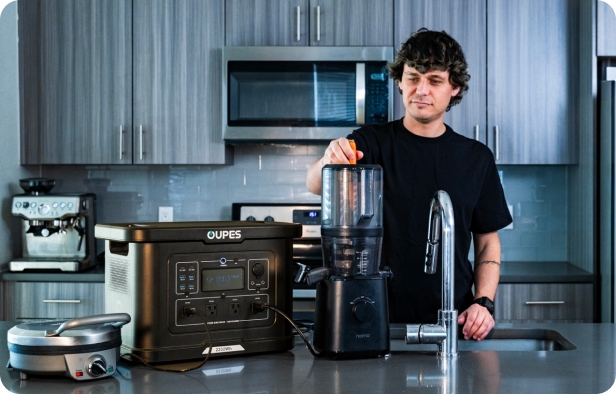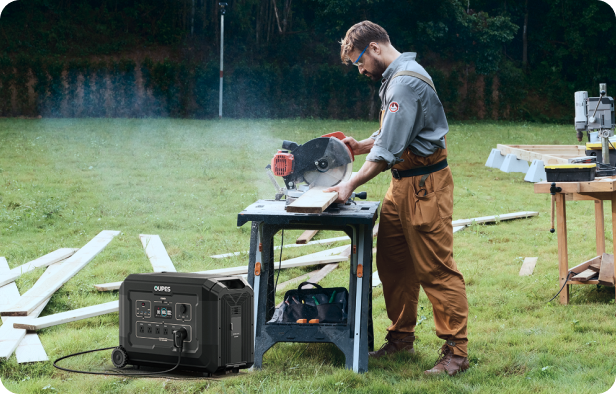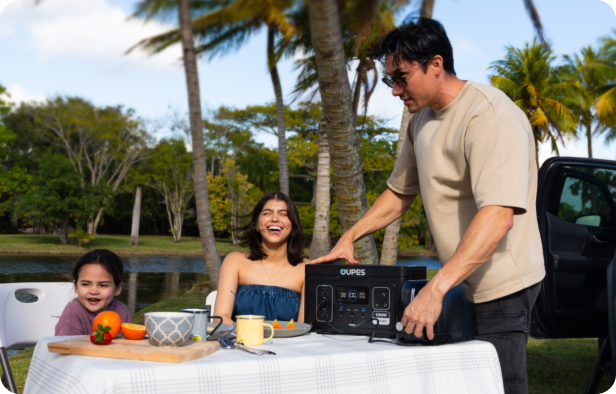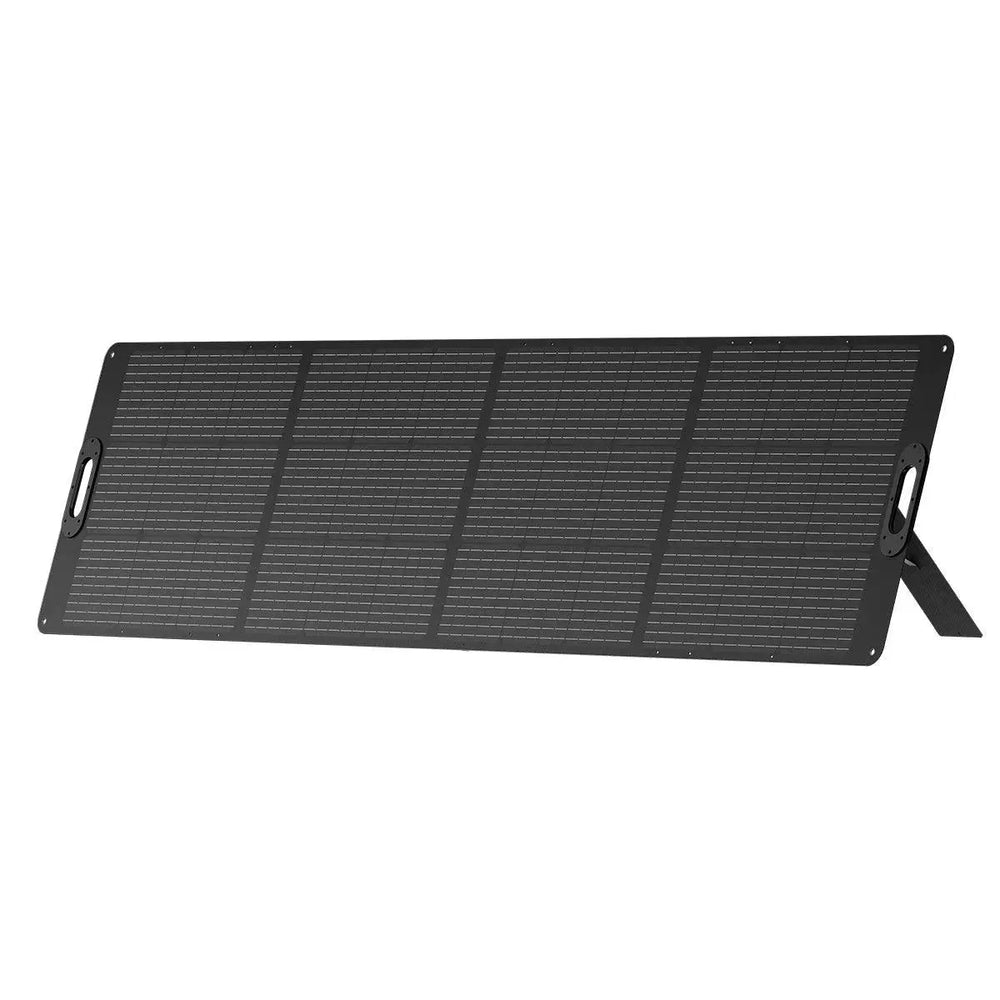
Picture this: a fierce storm knocks out the electricity in your area, and suddenly, the familiar hum of your refrigerator falls silent. Your mind races—how much time do you have before the milk sours, the meat spoils, or the ice cream turns into soup? Whether it’s a hurricane, grid failure, or an unexpected blackout, knowing how long your fridge can keep food safe without power is crucial. The clock is ticking, and every minute counts. Let’s explore what you need to know to protect your groceries—and your peace of mind.
Modern refrigerators are marvels of insulation and efficiency, but they’re not invincible. When the power goes out, the race against spoilage begins. Factors like fridge size, ambient temperature, and how often you open the door all play a role in determining whether your food stays fresh for hours—or just a few minutes. By understanding these variables, you can take control of the situation and avoid costly waste. Ready to learn how to turn your fridge into a temporary fortress against warmth? Let’s dive in.
Key Factors That Influence Your Fridge’s Survival Time
The lifespan of your fridge during a power outage depends on several interconnected factors. First, the appliance’s insulation quality is critical. Newer models with Energy Star certification often have thicker insulation and tighter door seals, allowing them to retain cold air longer—sometimes up to 48 hours if unopened. Older units, especially those over a decade old, may struggle to maintain safe temperatures beyond 12–24 hours. The fridge’s size also matters: a packed freezer stays colder longer than a half-empty one, as frozen items act like ice packs for each other.
Ambient temperature is another major player. If your kitchen is already warm—say, during a summer heatwave—the fridge will lose its chill faster. A study by the USDA found that a closed refrigerator can keep food safe for about four hours in a 90°F room, compared to 24–48 hours in a cooler 70°F environment. How often you open the door drastically impacts this timeline. Every peek inside releases cold air, accelerating temperature rise. In one experiment, opening a fridge just twice an hour reduced its safe window by 30%.
Lastly, the fridge’s pre-outage temperature setting affects outcomes. Units set to 37°F (the ideal fridge temp) have more “cold buffer” than those running at 40°F. Freezers set to 0°F can keep food frozen for two days if full, or one day if half-full. Pro tip: Place a thermometer inside both compartments to monitor conditions without opening the door. This data will help you decide when it’s time to relocate items to a cooler or consume them immediately.
Food Safety: What Stays Good and What Doesn’t
Not all foods are created equal when it comes to power outage survival. Dairy products like milk, yogurt, and soft cheeses are among the first to spoil, typically becoming unsafe after four hours above 40°F. Raw meat, poultry, and seafood are high-risk items—if their internal temperature exceeds 40°F for over two hours, bacteria like Salmonella and E. coli can multiply to dangerous levels. Eggs, unless cooked, should also be discarded if warmed beyond safe thresholds.
Condiments tell a different story. Mayo-based salads (like potato or tuna salad) become hazardous quickly, but unopened jars of mustard, soy sauce, or peanut butter often remain safe at room temperature for days. Butter and hard cheeses can last longer due to lower moisture content. Frozen foods are your best bet: a full freezer keeps items frozen for ~48 hours, while a half-full one lasts ~24 hours. Bread, nuts, and dried fruits are generally safe unless mold appears.
The USDA’s “2-hour rule” is a helpful guideline: perishables left above 40°F for over two hours should be tossed. When in doubt, use your senses. Foul odors, slimy textures, or unusual colors signal spoilage. However, some pathogens are odorless and invisible—so when uncertain, prioritize safety over savings. Documenting your fridge’s contents with photos before a storm can help with insurance claims if widespread spoilage occurs.
Proactive Measures to Extend Your Fridge’s Lifespan
Preparation is your greatest ally in outlasting a blackout. Start by freezing containers of water or gel packs ahead of storm season. These ice blocks will help maintain low temps and can be moved to the fridge section if needed. Keep appliance thermometers in both the fridge and freezer—digital models with external displays let you check temps without opening the door. Consider investing in a generator or battery backup system if you live in outage-prone areas.
Organize your fridge strategically. Group similar items together so you can grab what you need quickly, minimizing door-open time. Designate a “first to eat” zone for perishables like deli meats and leftovers. If an outage occurs, avoid the temptation to check on food—every unopened hour counts. For longer outages, transfer essentials to a well-insulated cooler with ice, reserving the fridge for less-sensitive items.
Post-outage recovery is equally important. If power returns within four hours and the fridge stayed closed, your food is likely safe. For longer outages, check freezer items: if still icy or below 40°F with ice crystals, they can be refrozen. When in doubt, create a “triage list”—cook borderline-safe meats immediately (high heat kills some bacteria) or preserve them through canning or dehydration. Always sanitize shelves and drawers after disposing of spoiled items to prevent lingering odors or contamination.
Real-Life Scenarios: Lessons From Extended Outages
Hurricane Katrina survivors reported fridge temps soaring to 60°F within 12 hours in New Orleans’ sweltering heat—a stark reminder of climate’s impact. Conversely, during 2021’s Texas winter storm, some households found their freezer items still frozen after three days due to cold ambient temperatures. These extremes highlight why blanket recommendations don’t always apply—you must adapt strategies to your environment.
One family in Florida credits their “fridge lockdown” protocol—covering the appliance with moving blankets and duct tape—with preserving food for 36 hours during Hurricane Irma. Others use passive cooling techniques, like burying a cooler in the ground or storing items in a basement. Urban apartment dwellers face unique challenges: high-rise buildings may retain heat, accelerating spoilage, while those in single-family homes can more easily relocate items to shaded areas.
Medical necessities add another layer of complexity. Families storing insulin or vaccines must prioritize these items, using specialized cooling packs or portable freezers. During California’s wildfire-related outages, communities set up “cooling centers” with generator-powered fridges—a model now being adopted by disaster response agencies worldwide. These stories underscore the value of both individual preparation and community resource-sharing.
When the Lights Stay Off: Backup Solutions and Alternatives
For outages lasting beyond 48 hours, alternative cooling methods become essential. Portable generators can power fridges intermittently, but require proper ventilation and fuel storage. Solar-powered coolers are gaining popularity for off-grid reliability, though their capacity is limited. Dry ice is a powerful option—2–3 blocks in a freezer can extend safe storage by several days. Handle with gloves, as direct contact can cause frostbite.
Root cellars or cool basements offer natural refrigeration for hardy vegetables and canned goods. The “zeer pot”—a clay pot-in-pot system used in arid regions—can keep produce fresh for days through evaporative cooling. In winter, simply storing items outdoors (protected from animals) works, but summer demands creativity. Some RV enthusiasts repurpose 12V camping fridges, which sip power from car batteries or solar panels.
Community resources matter too. Many grocery stores and restaurants with backup generators offer temporary storage during regional crises. Apps like Nextdoor and Facebook Community Help connect neighbors with freezer space to share. Remember: food safety risks multiply over time—when backups fail, focus on preserving non-perishables and prioritizing health over property.
In the end, your fridge’s endurance during a blackout hinges on preparation, knowledge, and adaptability. By understanding insulation limits, monitoring temperatures, and having backup plans, you can significantly reduce food waste and health risks. While modern appliances are resilient, they’re not infallible—your actions before and during an outage make all the difference.
From stocking ice packs to fostering community networks, every strategy adds precious hours to your food’s survival clock. Remember: the goal isn’t just to save groceries—it’s to maintain normalcy and security when the unexpected strikes. With these insights, you’re now equipped to face power outages with confidence, ensuring that when the lights go out, your fridge—and your family—stay cool under pressure.


